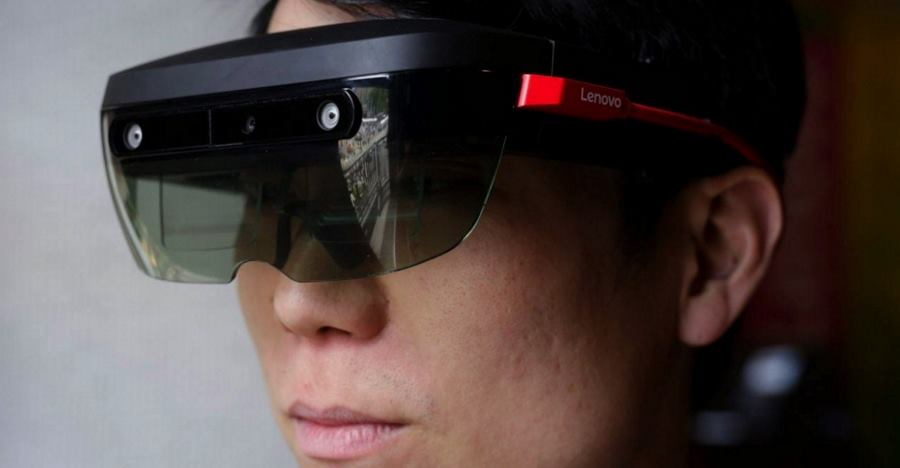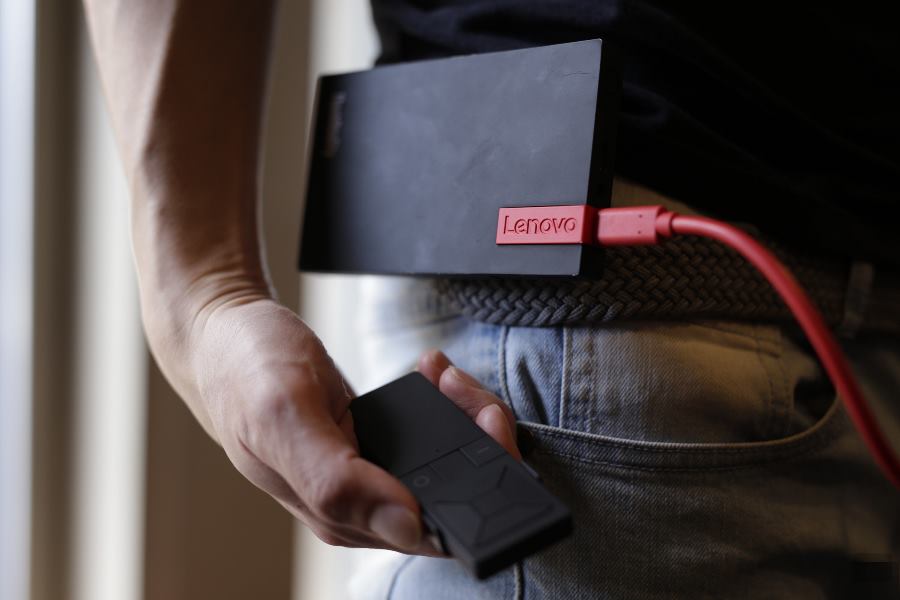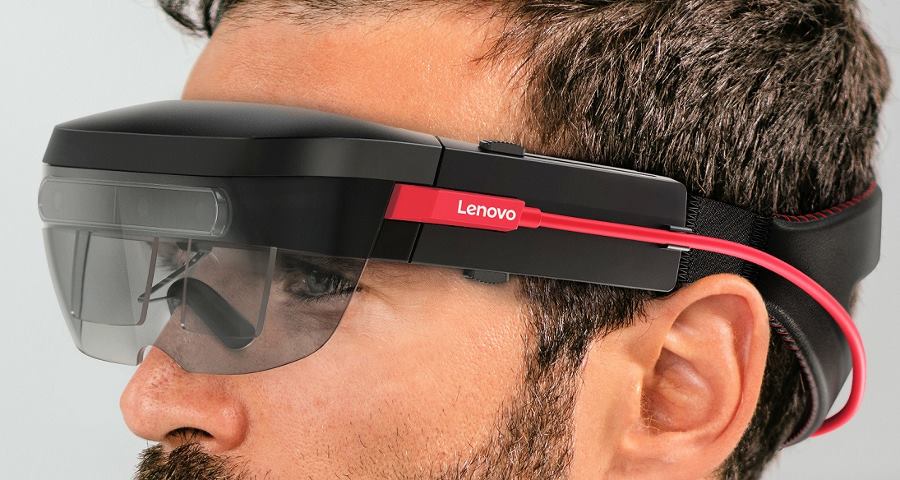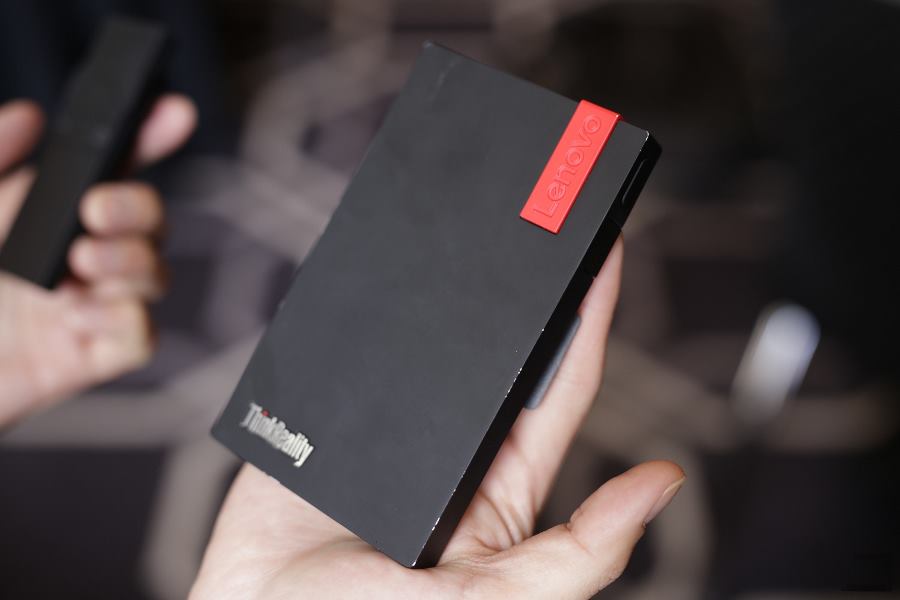
Augmented reality technology is gradually penetrating into all spheres of human activity, but not everywhere
The ease and lack of binding to the OS

A feature of the headset is compact andease, while the software for the device is not tied to a specific operating system, as well as cloud services. In fact, the Chinese are bringing to the market a very formidable competitor Microsoft Hololens, which can pinch a fair share of the market from the corporation due to the openness of the platform. For developers, the most favorable conditions have been created, so Lenovo is confident in the success of its project.
Characteristics, nuances

According to Engadget, the AR headset weighs lessfour hundred grams, while the brainchild of Microsoft Hololens is all 600 grams. However, there were no nuances. This headset weight is not complete. The fact is that for a full-fledged work, ThinkReality A6 requires a processing center, that is, the computer itself. The bundled computer has the dimensions of a standard SSD drive.

On each eye, the image displays the display with1080p resolution. On the front panel of the headset there are two cameras, there is a depth sensor and a 13 megapixel RGB sensor. Voice control is carried out using the built-in microphones (narrowly focused). The headset is able to track eye movements and determine where the user is currently looking. Using this data, the device optimizes resolution, image positioning and navigation. The kit comes with a controller for interacting with augmented reality. The controller has three degrees of freedom. Autonomy provides a battery capacity of 6800 mAh, this is enough for four hours of continuous operation. The headset is infected for two to three hours, while you can continue to use it.
Ecosystem

Specifications are not enough stars withheaven, but the main point of attraction for the consumer is an open platform, development ecosystem. The device is not tied to cloud computing power, there is no binding to the OS. The ThinkReality platform makes it easy to attach any information (virtual) to the real world and interact with this data.
As for the cost of the headset, the companyuntil it is voiced, most likely, it will be decided with each corporate client individually. By the way, Microsoft at the presentation of HoloLens 2 also promised to make the infrastructure open to attract more developers, but so far this has not happened and is not expected in the near future. In general, experts believe that the development of technologies of augmented and virtual realities can affect the life of society more than robotic cars.
</ p>